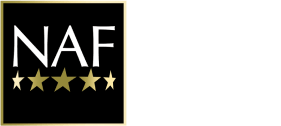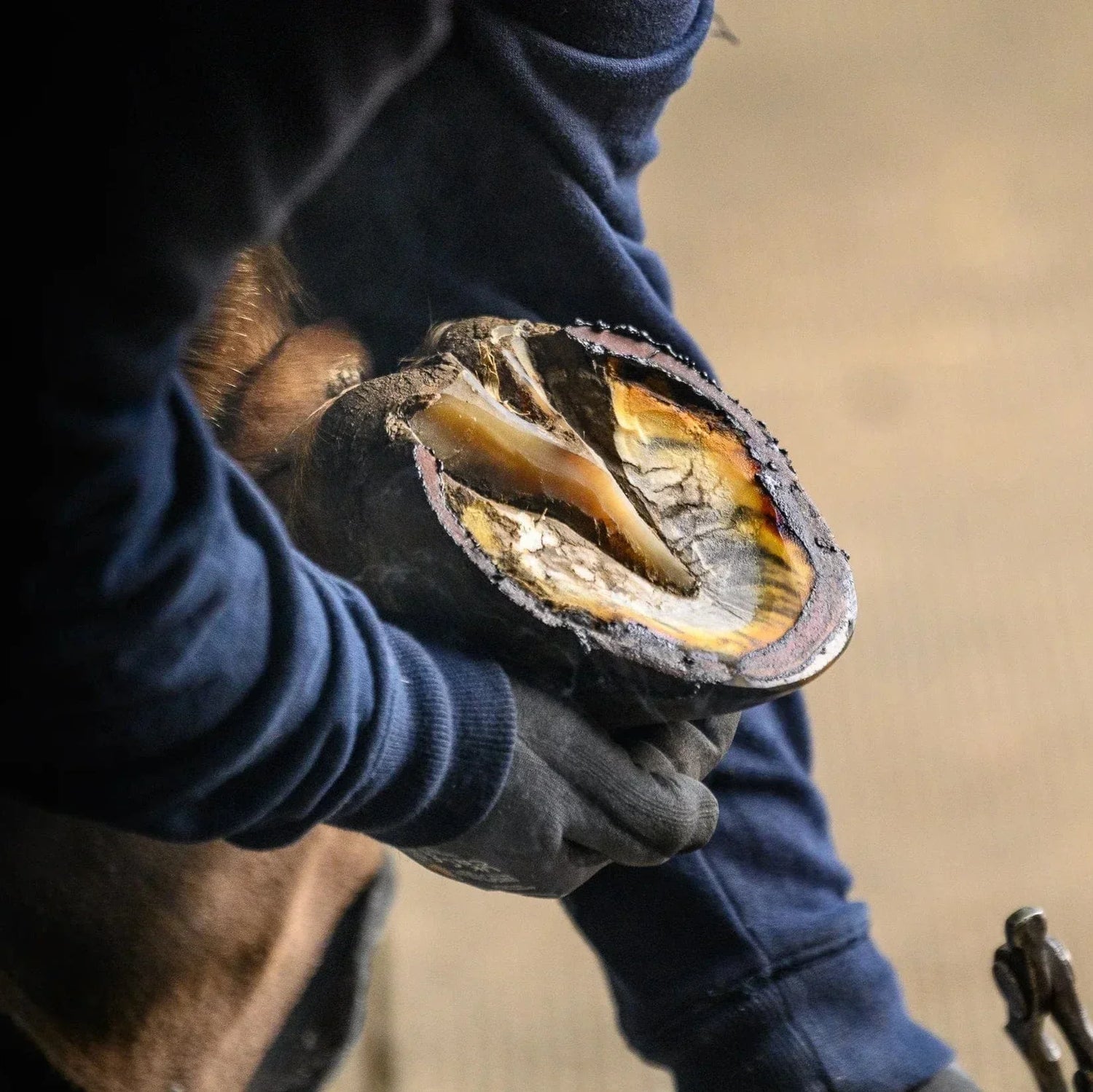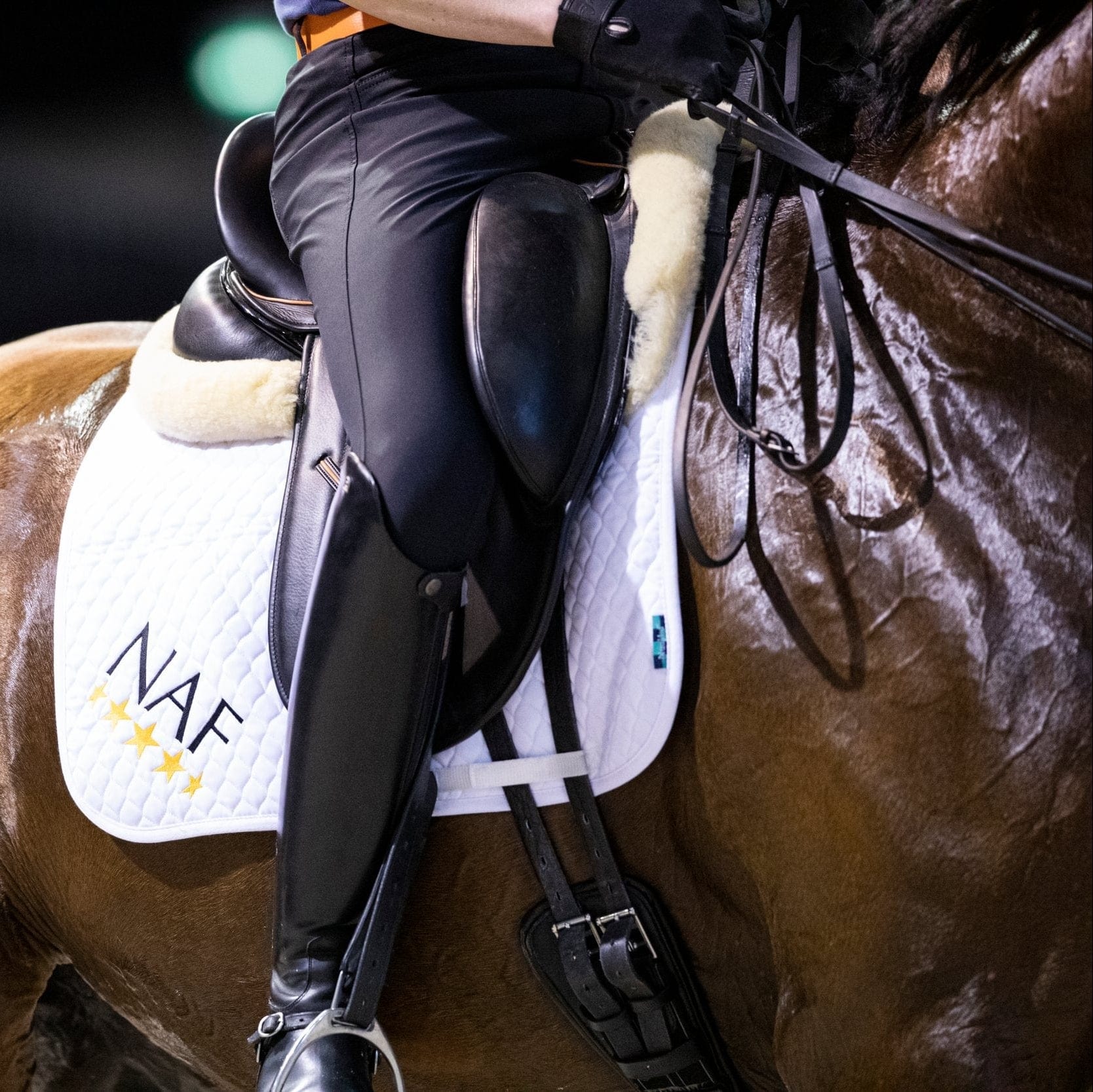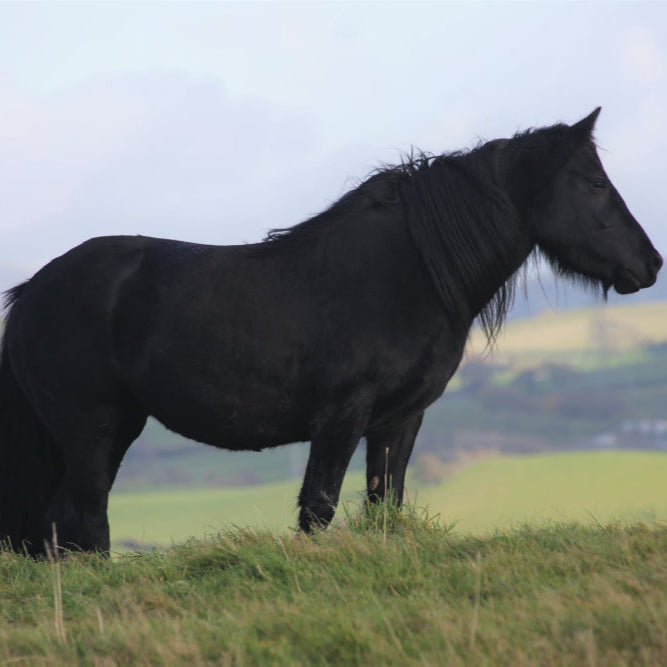Supplementing for sound hoof growth, quality and strength
Hooves have to be well maintained to allow the individual to move with ease across the different types of terrains they may encounter. Should the hoof become unbalanced which may be due to injury, overgrown horn or simply poor conformation - it can come at a great expense. Not only financially, but through lost ridden days and limitations on career progression.
Influences on hoof health
Environmental issues
When hoof horn is exposed to wet conditions, water molecules push their way into the horn and create crevices that are not apparent to the naked eye, prolonged wet periods can then widen these existing crevices and impact structural integrity. As soon as dry conditions are encountered, the evaporation process takes place. Upon evaporation, these newly formed crevices soon become exposed to the environment which can hinder growth and lead to an invasion of unwanted activity.
- Getting horse in from a wet field into a dry stable
- Wet bedding
Abrasive Surfaces
The hoof is built to withstand dry arid conditions, the changes in environment weaken its structural integrity. However, this also makes it more susceptible to the damage that can be caused from abrasive surfaces.
- Sand and gravel sees faster wear of horn
- Walking over stones/rocks can bruise and wear down horn, leading to thin soles
Conformation & Genetics
As a general guide the hoof should be in proportion and alignment with the rest of the horse’s overall structure. Front feet tend to be larger due to the horse carrying around 60% of their bodyweight on its front legs. While the front feet should slope around 45 degrees and the hinds around 55 degrees, this is known as the Hoof Pastern Axis. Some breeds tend to have poor hoof conformation thanks to their ancestry.
- Thoroughbreds tend to have thin walls, flat feet and long toes with low heels. Common to see hooves cracking and bruising.
- The Connemara Pony can have a genetic condition that causes the outer all to separate from the inner. This is known as Hoof Wall Separation Disease (HWSD).
- Warmbloods tend to have upright hooves with contracted heels which can negatively impact the hooves overall shock absorption qualities.
Nutrition for Hoof Growth, Quality and Strength
Hoof horn takes a long time to grow from coronet corium to toe, we usually see a complete cycle or full growth around every 9-12 months. On average the hoof should grow around 6mm per month, this can be hindered by those receiving less nutrients than required. Poor growth may also be seen in those with high levels of oxidative stress, which may be simply from environmental stressors.
As the hoof horn is keratin based - which is the same as human hair and finger nails, it requires plenty of sulphur to provide its overall strength and shape.
Can Biotin work alone?
For most horse owners, feeding Biotin is often the go-to ingredient. Biotin does contain sulphur which can help to strengthen and repair connective tissues included in the collagen network within the dermis. In many diets Biotin is included as part of the daily ration, however, the actual uptake is questionable due to hindgut fermentation which has resulted in supplementation. Trials have shown feeding around 15mg of Biotin daily to be beneficial for ponies and small horses while larger types require up to and around 25mg. Excess feeding results in an expensive muck heap!
The secret powers of Methionine!
Methionine is an essential amino acid that the horse cannot produce on his own. A building block for protein providing support for connective tissue and liver function as well as having antioxidant properties. Methionine has the ability to convert to cystine – which accounts for around ¼ of the total amino acids in keratin. Keratin formation is vital for hoof structure and soundness, a resilient protein the same as that of our nails and hair with a low moisture content which is why the hoof wall is firm and coarse. Hoof horn with low methionine and as a result cystine could appear to be tacky and soft to the touch, these overall weaknesses could be detrimental to overall performance and wellbeing.
PhytoNutrients – providing a natural defence!
Natural herbal support has many advantages. Rosemary and Turmeric support efficient circulation, this is so important, in particular if the hoof is not well balanced, as the frog acts like a pump. Exercise increases the blood circulation in the foot and supports hoof growth, as the foot comes into contact with a surface it expands and fills with blood, when it is lifted, the blood is sent back up the leg towards the heart. Herbs like Dandelion and Milk Thistle support a healthy liver, it is important to promote a healthy liver when supplementing for healthy hooves to support new cell growth.
Without influential antioxidants to flush out the free radicals or reactive oxygen species (ROS), oxidative damage can occur which can be potentially debilitating. Look out for Vitamin C and E as these offer a good defence.
Plan to build with trace minerals!
Zinc is a trace mineral that promotes keratin synthesis. This in turn helps supports the structural integrity of the horn itself. There is also evidence that zinc can support the wall hoof from separating from the sole.
NAF recommend good practice for sound hooves:
- Pick hooves out daily – hooves should be picked out into a bucket if possible, avoiding dropping debris which could include stones into the stable.
- Hooves should be picked out each time the horse changes environment.
- Have a good farriery routine, the BHS recommend a farrier every 4-6 weeks for shod horses, however, this depends on workload, type and routine. Barefoot and trimmed individuals tend to go longer, but remember, uneven growth can lead to an unbalanced foot.
- Avoid oils and varnishes as these can negatively impact the hooves ability to regulate its moisture levels – they should be around 25% on the hoof wall and 35% for the frog.
- Apply a topical dressing that understands the hoof itself, if the dressing has antibacterial properties that can be useful to prevent unwanted bacteria invading cracks and crevices.
- Clean, dry beds and dry standing in wet fields can help to provide areas for the hoof to get out of the wet conditions.
Click Here to find a farrier
Concerned about hoof health?
If you are concerned about hoof health, whether that is hooves with pre-existing conditions, poor growth or you are simply concerned about conditions the hooves are coping with. Look out for both internal and external nutrition to support overall hoof growth, quality and strength.
Hooves take a long time to grow, when the right nutrition is influencing overall hoof health, don’t be alarmed if you see a ‘hoof ring’ which appears around the hoof. This can show a change that has been made to the diet. Finally, look for a product that shows experience with phytonutrients and how they can combine with vitamins, minerals and trace elements to effectively target and support different bodily functions.
References
- Higami, A., 1999. Occurrence of white line disease in performance horses fed on low-zinc and low-copper diets. Journal of equine science, 10(1), pp.1-5.
Written by: Griselda Beaumont Associate Nutritionist and Brand Development Manager - BSc (Hons), ANutr (Animal), BHS Level 3 - Find out more about Griselda and our Technical Team HERE



